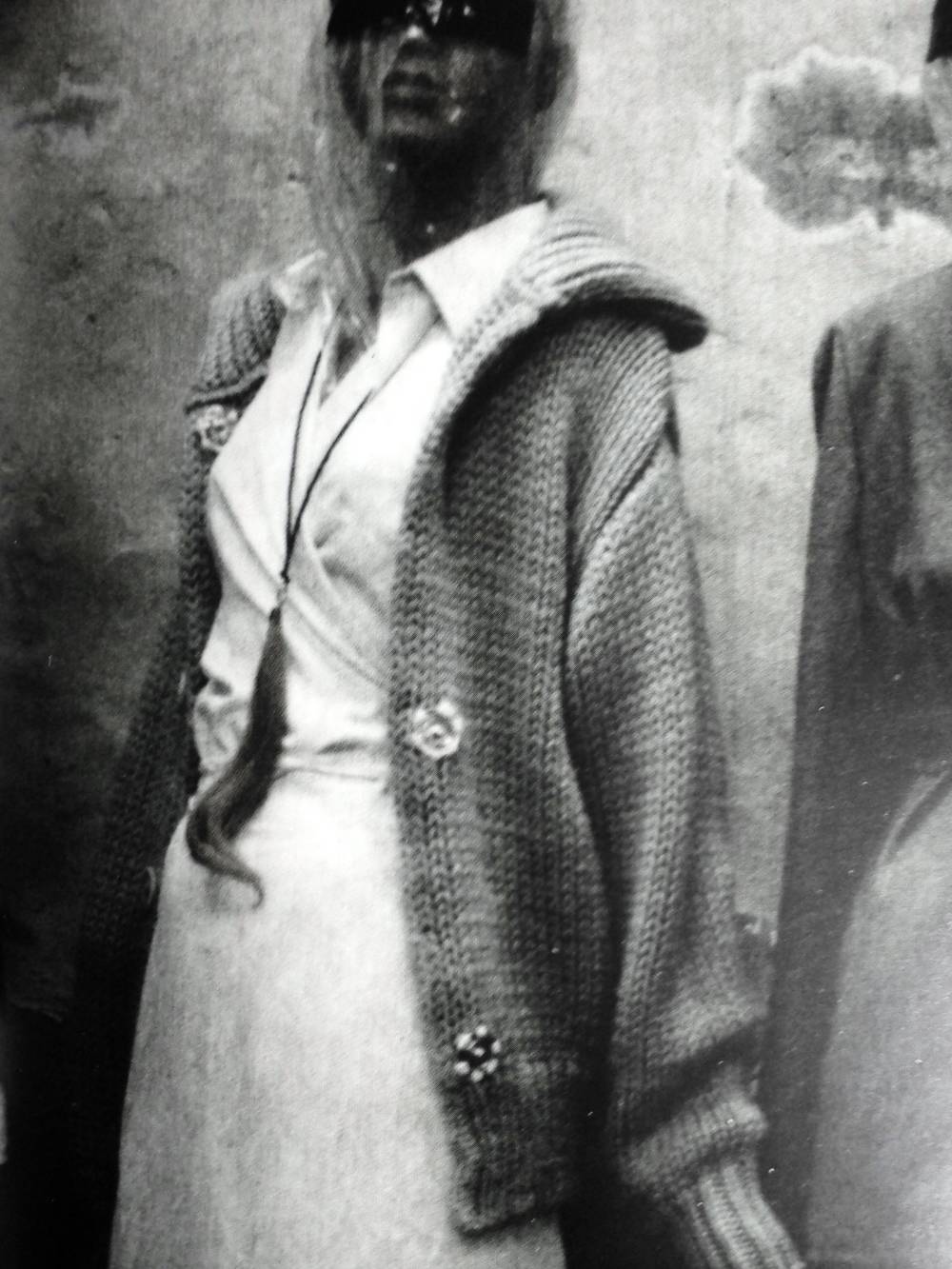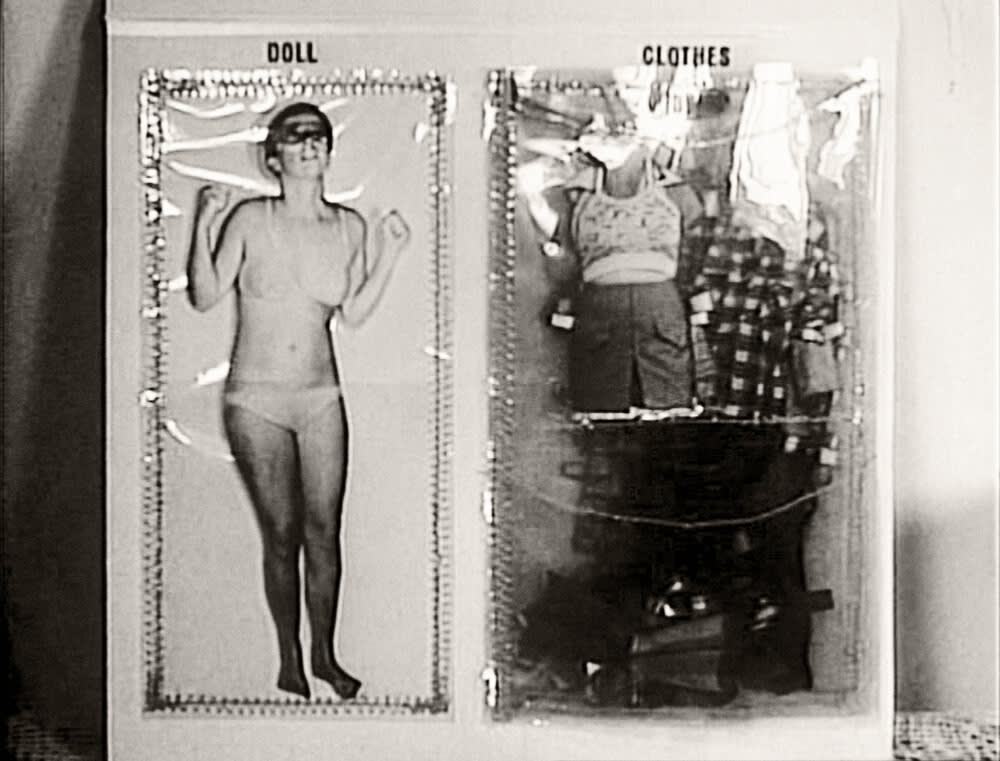
Cindy Sherman
Doll Clothes, Film Poster, 1975
Drawing connections between art and fashion can prove a never-ending exercise with no clear beginning, middle, or end. In opening Pandora’s box of creative references, a simple theme can help provide clarity and focus. Perhaps one even as kitschy as ‘Doll Clothes’ can expose unexplored, hidden relationships and intellectual comparisons. Which happens to be the case when considering the topic’s relevance to the early careers of both American artist Cindy Sherman and Belgian fashion designer Martin Margiela.
In 1975, while studying art at Buffalo State College in New York, a young Cindy Sherman created a short black and white silent film titled “Doll Clothes”. The work, which combines live action and animated sequences, begins with a shot of the cover of a book, made by the artist, decorated with a flowery border and silhouettes of women wearing old-fashioned clothes and accessories. The interior of the book reveals a photographic cut-out of a young woman, Sherman, in her underwear, housed in a laminated sleeve underneath the label ‘DOLL,’ while the book’s right-hand side, labeled ‘CLOTHES,’ contains plastic sleeves housing cut-outs of various outfits grouped by category. As the film progresses the doll comes to life, perusing the selection of garments and, once dressed, moving to an adjacent surface featuring a hairbrush, makeup, and accessories. Before long a pair of large human hands enter the frame, undressing the doll and returning the loose clothes and the frustrated figure back to their respective sleeves.
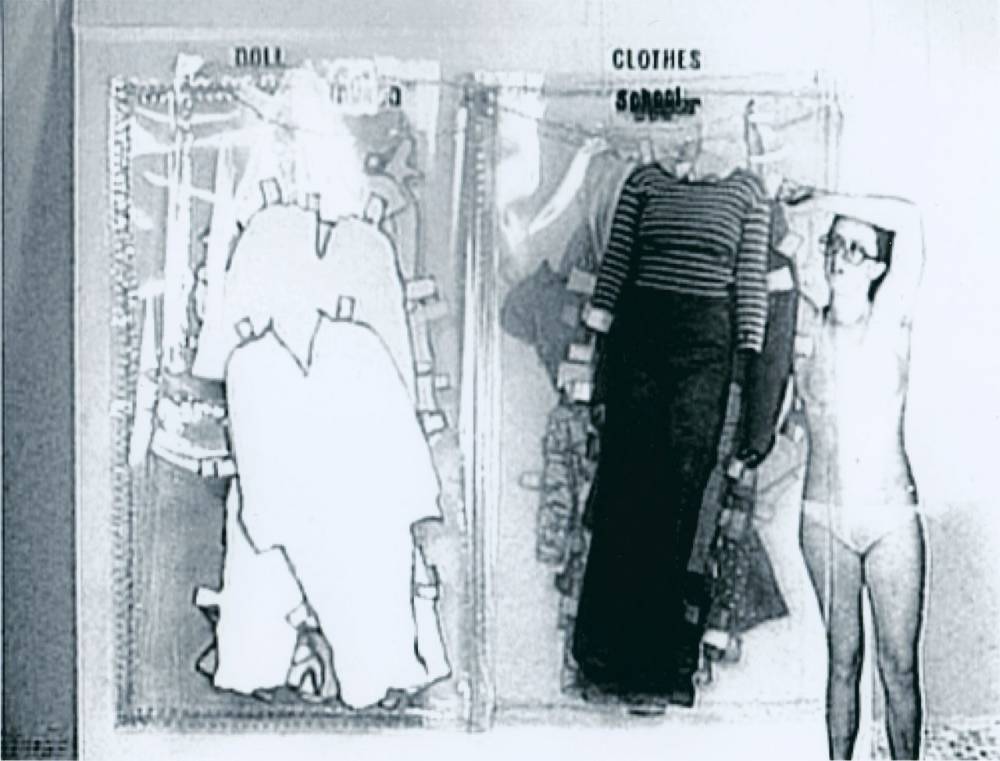
Cindy Sherman
Doll Clothes, Film Still, 1975
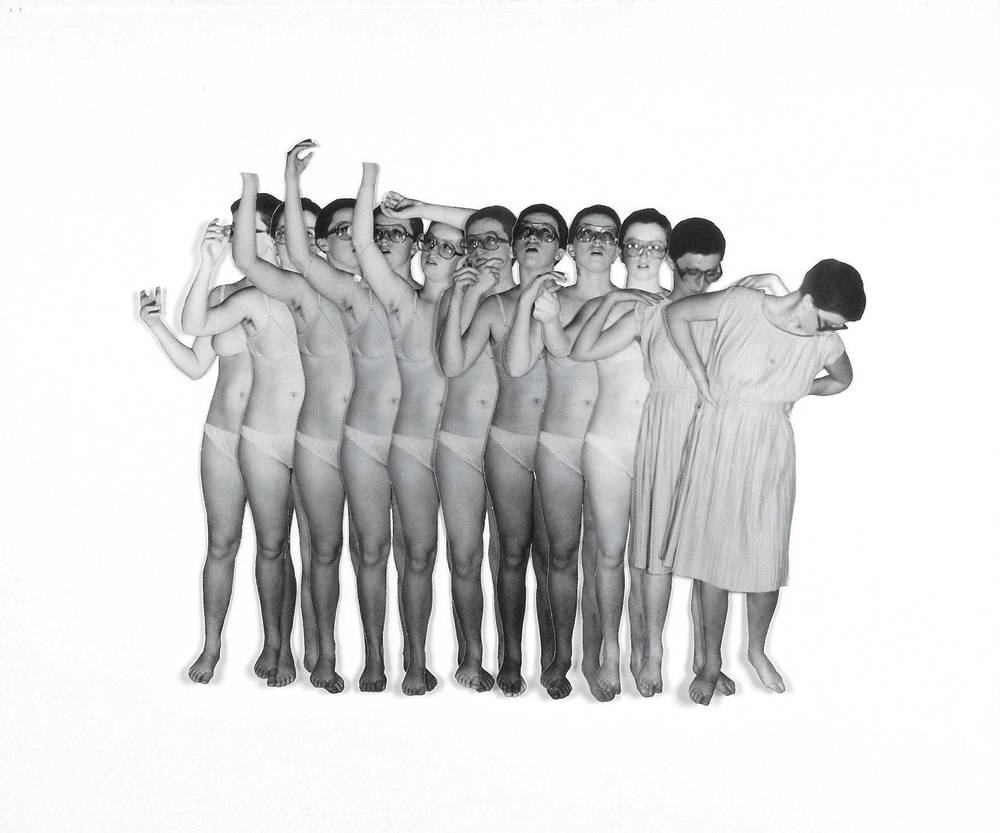
Cindy Sherman
Doll Clothes, Film Still, 1975

Cindy Sherman
Doll Clothes, Compilation of Film Stills, 1975
Sherman’s powerful work draws inspiration from her teenage years when the artist would make drawings of her clothes and use them each Sunday night to figure out her school outfits for the week ahead. Likewise, the manner in which the human hands interact with the doll figure in the film illustrates a parent-child relationship, as if a mother is telling her young daughter that she is misbehaving or can’t leave the house dressed a certain way. Furthermore, the historical significance of “Doll Clothes” is equally palpable when considering its role as a foundational element for the artist’s later career; rather than making a film in which she appears as the subject, Sherman chose to make a work about photographic representations of herself.
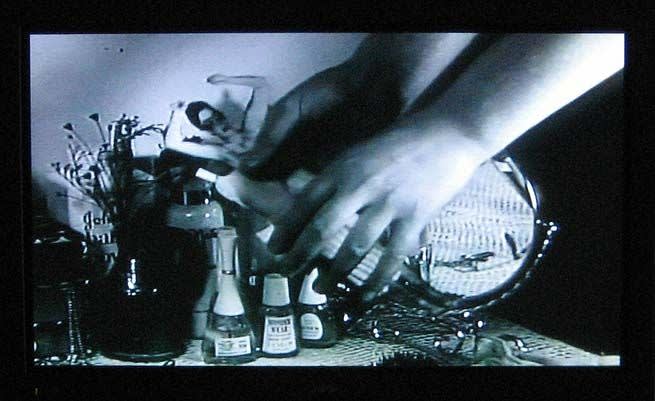
Cindy Sherman
Doll Clothes, Film Still, 1975
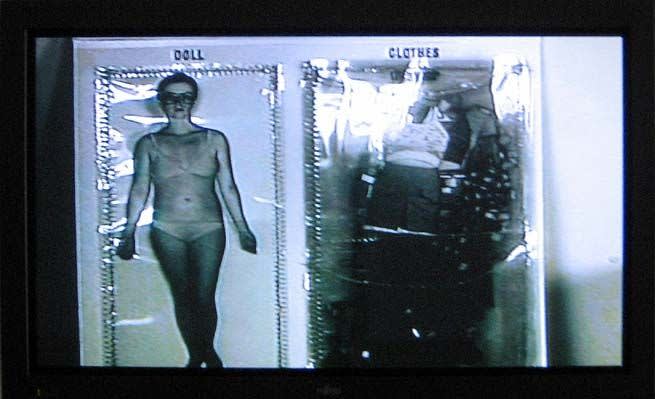
Cindy Sherman
Doll Clothes, Film Still, 1975
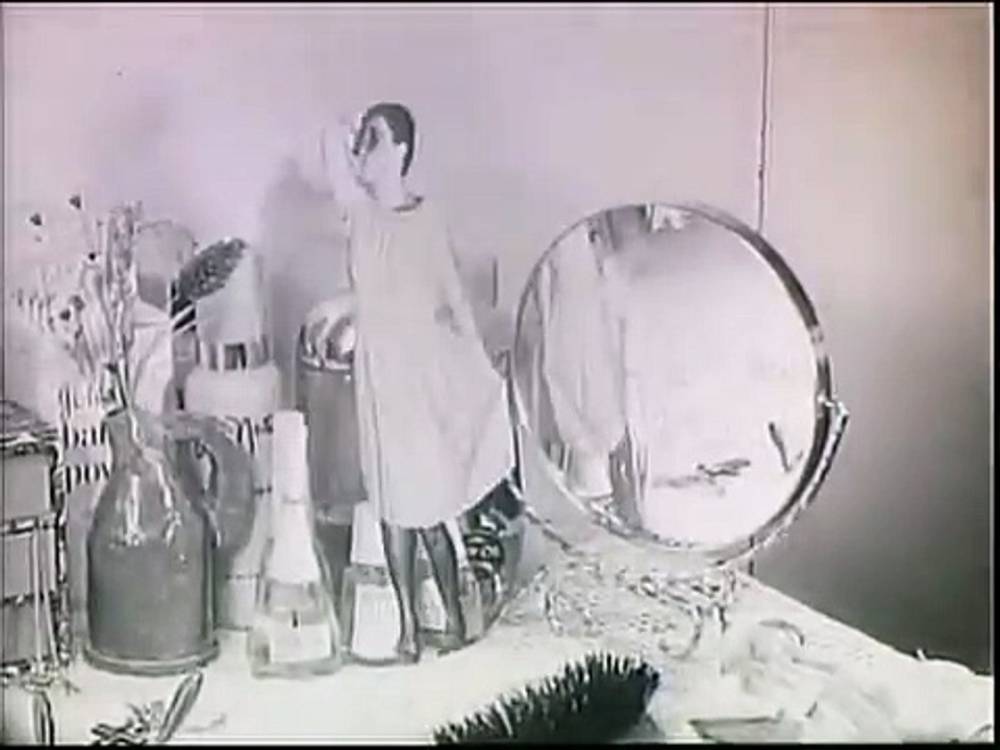
Cindy Sherman
Doll Clothes, Film Still, 1975
When considering the influence of the topic ‘dolls clothes’ on late 20th century art and fashion , a narrative emerges between Sherman’s 1975 film and an early collection by avant-garde designer Martin Margiela. For his namesake brand’s Fall/Winter 1994 women’s ready-to-wear show, Margiela presented a collection of garments reproduced from a doll’s wardrobe. Much like Sherman, Margiela’s doll clothes-themed collection relates back to his childhood years and his early affinity to Barbie Dolls. When his grandmother, who was a pattern maker, first taught him how to sew, the designer would make miniature garments to fit his Barbies.
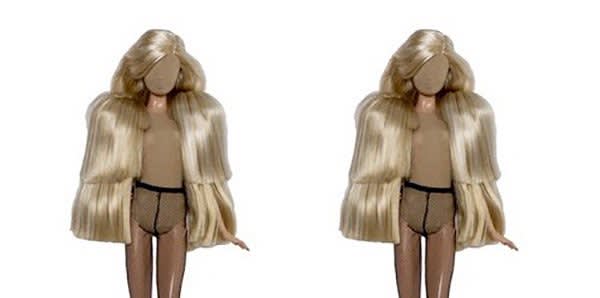
Martin Margiela
Fall/Winter 1994
Unbeknownst to a young Martin Margiela, his early maquettes actually spoke to a much larger history of dolls clothes in the fashion industry, where they were once used as an important method of communication and reproduction. Given their minute dimensions, couturiers and textile producers would often use dolls on which to present their creations to a broader public, in turn limiting their fabric needs and shipping expenses. Years later, Margiela drew on both his childhood memories and later knowledge of the historical connections between doll clothes and couture, to produce a playful collection layered meaning.
Martin Margiela
Fall/Winter 1994
Martin Margiela
Fall/Winter 1994
Martin Margiela
Fall/Winter 1994
Looking at clothes designed for popular dolls like Barbie, Ken, and G.I. JOE, Margiela reproduced each garment as a precise, up-scaled enlargement. Through this process, peculiarities and disproportions – seen in oversized zippers and buttons, pockets, abnormal silhouettes and unfinished details – became all the more evident. Likewise, in keeping with the overarching theme of the collection, knitwear pieces were realized with a thicker thread, and accessories were enlarged according to the false proportions of doll’s handbags and jewelry.
Martin Margiela
Fall/Winter 1994
Martin Margiela
Fall/Winter 1994
Akin to Sherman’s youth-infused yet intellectual “Doll Clothes” film, Margiela’s Fall/Winter 1994 collection sought reference from barbie’s wardrobe while also exploring concepts relating to the standardized body. In magnifying the idealized and unrealistic features of toy doll’s wardrobe, the designer reflects on how both men and women undergo a process of standardization through contemporary fashion and social ideals.
